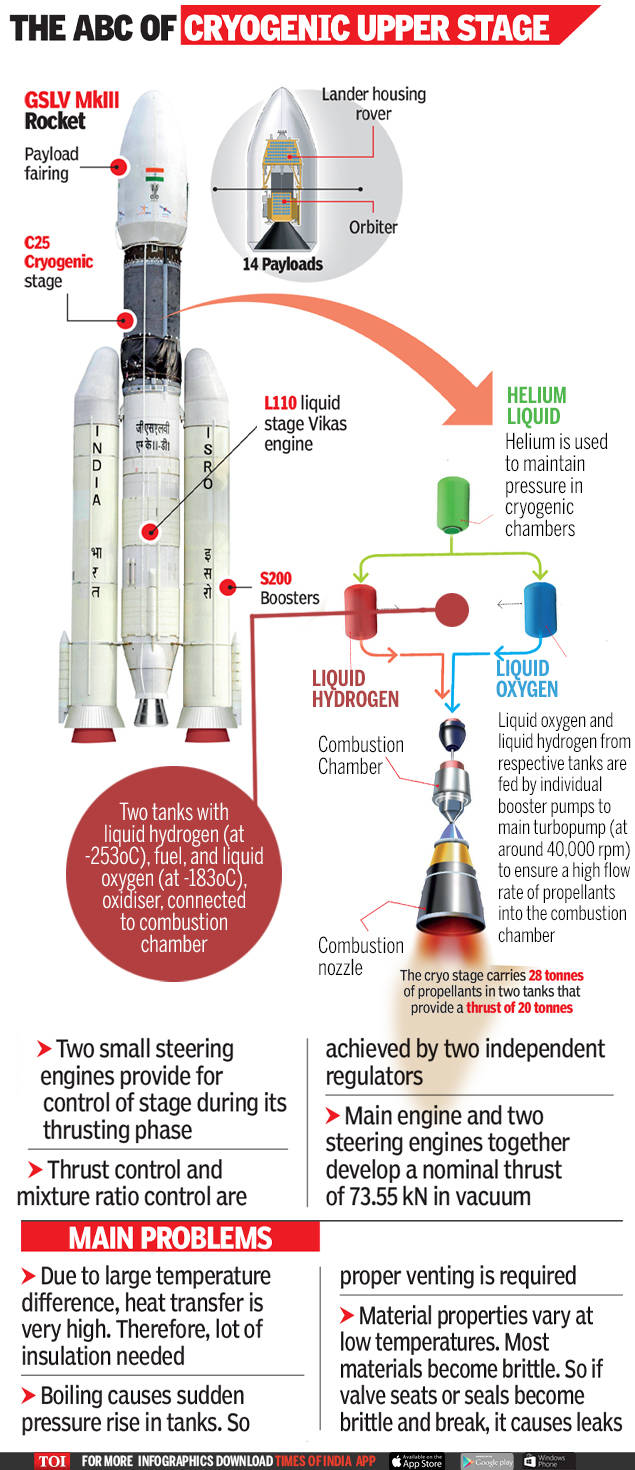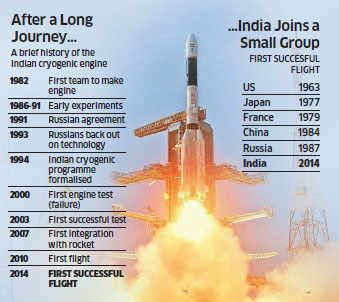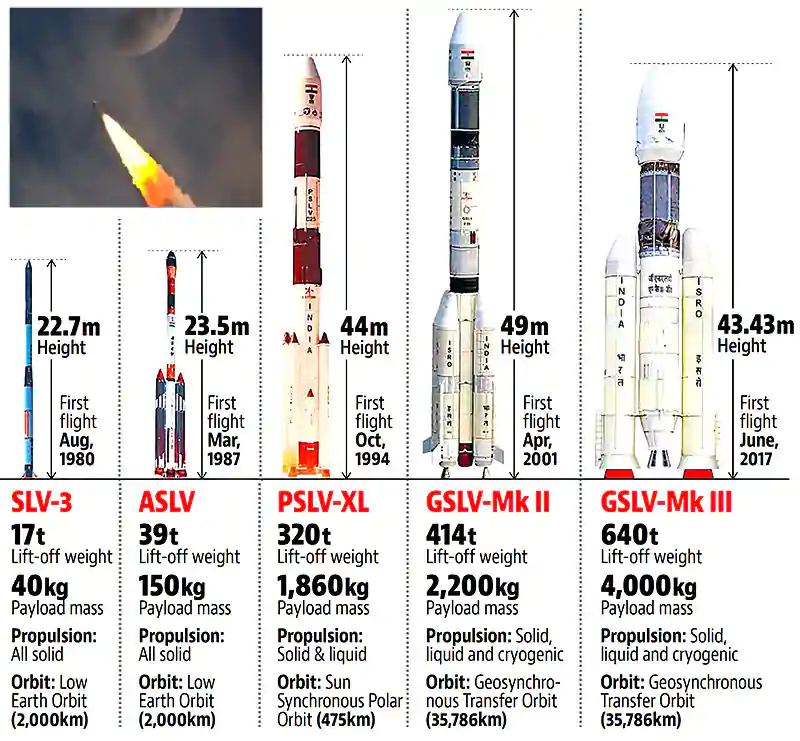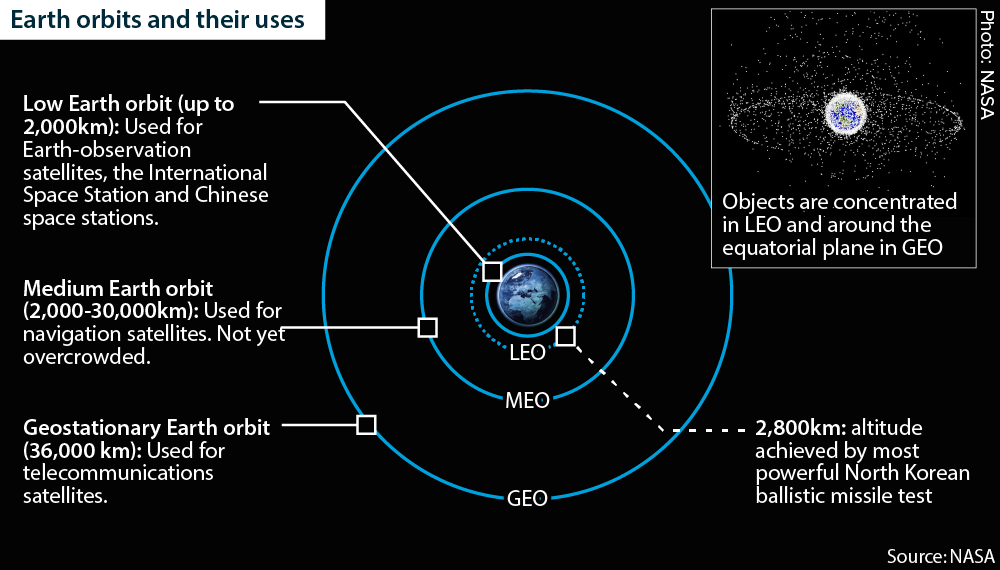









|
Do you know? Until now, India was dependent on French Guiana for launching communication satellites which are heavy i.e of 5 to 6 tonnes. But last year, Hindustan Aeronautics Limited developed the biggest cryogenic propellant tank (C32 LH2) and delivered it to ISRO. The C32-LH2 tank is a developmental cryogenic propellant tank of aluminium alloy designed for improving the payload capability of GSLV MK-III launching vehicle. The four metre diametric tank is of eight-metre length to load 5,755 Kg propellant in the 89 cubic-metre volume. With C32 LH2 India’s dependency on a foreign country will come to an end. It will mark an era of self reliance. |
© 2024 iasgyan. All right reserved